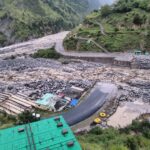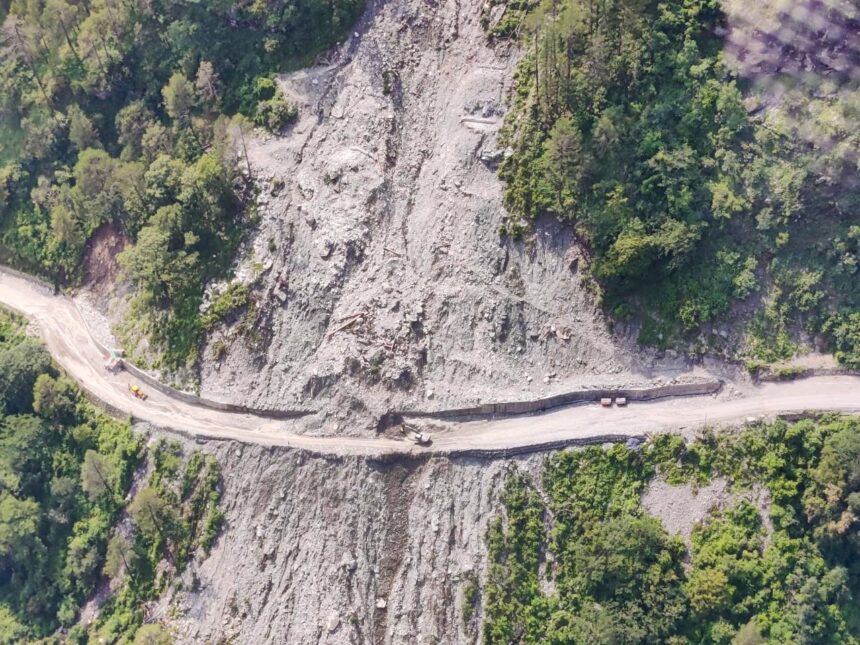Frequent Minor Tremors Fuel Growing Concern
Dehradun (PB): Most of Uttarakhand’s terrain, known for its seismic sensitivity, falls under zone four or five. Understandably, the frequent tremors shaking this hilly state have become a matter of concern for scientists. Prominent experts across the country are studying this pattern and have expressed apprehension that the Himalayan region, particularly Uttarakhand, faces a strong possibility of a major earthquake.
According to scientists, tectonic friction in the Himalayan region is causing energy to accumulate, the signs of which are reflected in the minor tremors being felt across the state and its surrounding areas. In the context of earthquakes, three factors are critical: when, where, and how powerful the earthquake will be. While it is possible to predict where an earthquake might occur, forecasting when it will happen and how severe it will be remains impossible. To monitor this, two GPS stations have been installed in Uttarakhand, aiming to detect which areas are accumulating the most energy. However, for accurate data, experts emphasize the need to increase the number of these monitoring stations. Dr. Naresh Kumar, a scientist at the Wadia Institute in Dehradun, stated that while the probability of earthquakes naturally remains highest in the Himalayan belt, predicting exactly when and where they will strike is extremely difficult.
It is worth noting that Uttarakhand experienced two major earthquakes in the 1990s, both causing significant loss of life and property. The first occurred in October 1991 in Uttarkashi, claiming more than 700 lives. The second struck Chamoli district in March 1999, killing around 100 people and rendering thousands homeless.









